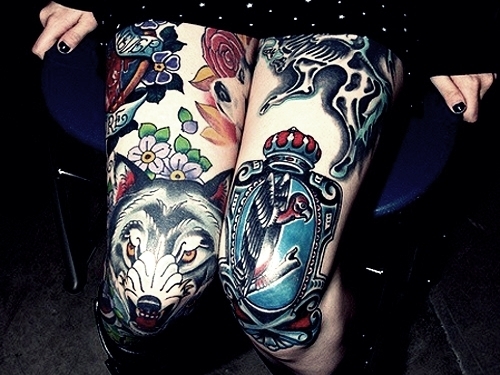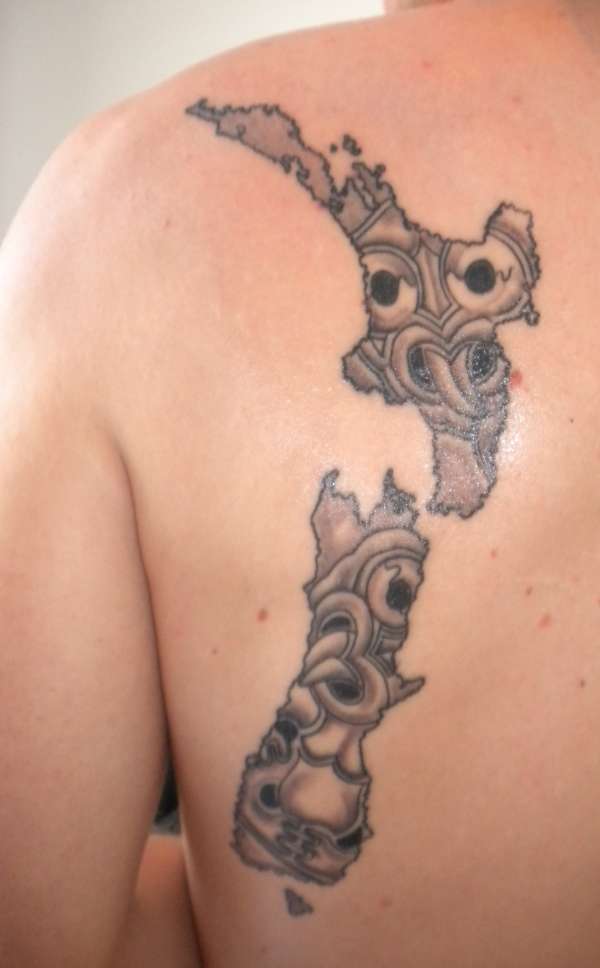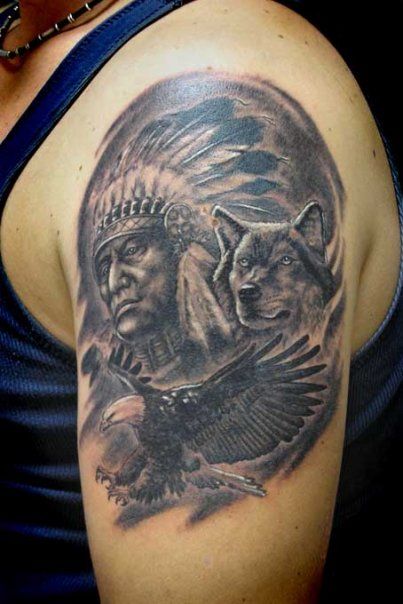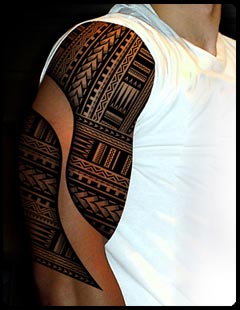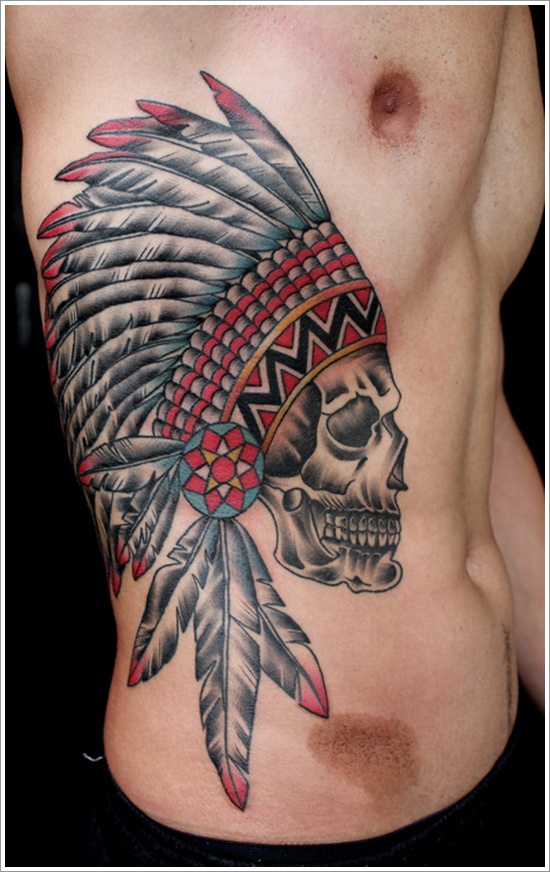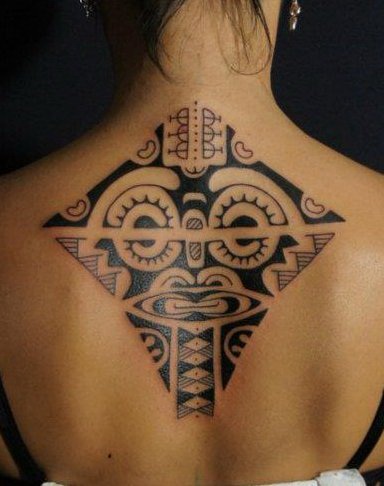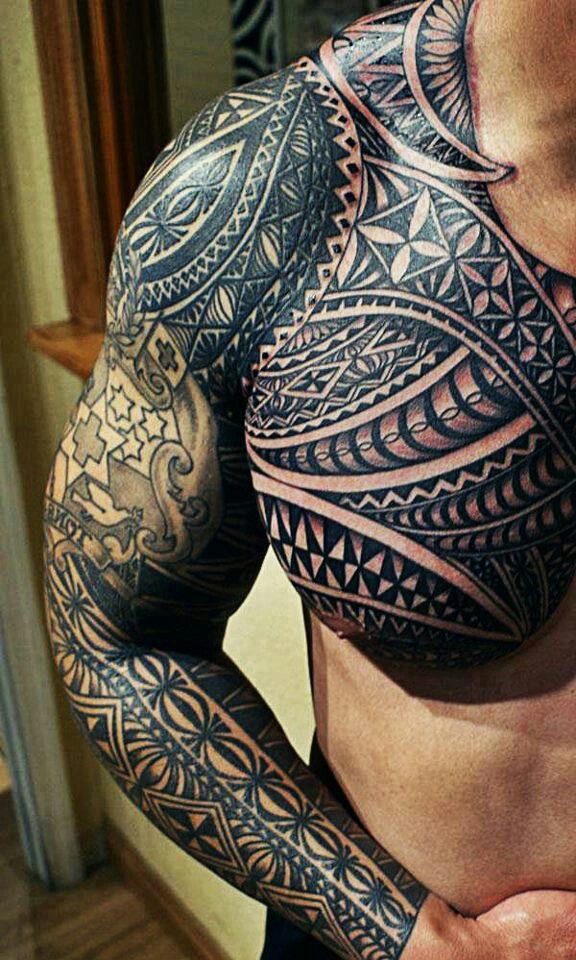

TI
Tattooing became an integral part of ancient Tahitian society. It changed into some distance extra than simply a bodily ornament. Tattoos would suggest a young female’s sexual maturity, freedom from food tapus and other regulations, genealogy and one’s rank within society. nearly each person in historical Tahitian society changed into tattooed. The early French explorer Bougainville mentioned that “the girls of Tahiti dye their loins and buttocks a deep blue” and Captain prepare dinner returned from the Pacific with memories of the artwork of tatau (hence, the origin of the phrase tattoo). rapidly after the missionaries arrival the exercise was strictly banned, because it changed into viewed it as a sinful glorification of the flesh. In latest years, however, the artwork of tattooing has enjoyed a renaissance. Tahitians, and different Polynesians as well, are all over again taking satisfaction and hobby in their cultural background, locating their identity within the revival of many misplaced arts–including the traditional tatau.
The revival of conventional tattoo in Tahiti started out in 1981 while Tavana, a previous resident of Hawai’i and Waikiki nightclub owner, and a young Marquesan dancer named Teve, went to Germany to research traditional tattoo designs. On their go back trip they stopped in Samoa, as Samoa is the handiest island organization inside Polynesia that stored the art of the conventional tatau alive. arrangements have been made for a Samoan tattooist to visit Tahiti, wherein Teve could acquire the whole-body conventional tatau executed inside the Marquesan fashion, and Tavana could be tattooed with Tahitian designs.
Both Teve and Tavana had been tattooed using traditional Samoan gear techniques. Teve’s design turned into copied from one of the earliest facts of Marquesan tattooing, an example from the journals of Krusenstern, a Captain on the primary Russian voyage round the arena in 1803-five. Tavana’s tattoos had been inspired by using the  descriptions and illustrations of Tahitian tattooing recorded by using the early observers. through Tavana’s efforts in bringing the Samoan tattooist to Tahiti, the conventional tattoo became reintroduced into Tahitian subculture. In 1982 at the annual Baistille Day festivities in Tahiti, three Samoans tested traditional tattooing. Having visible the Samoan approach, numerous Tahitian artists were in a position assemble equipment and revive the Tahitian shape of the artwork. In 1983-5 there were two demonstrations on the fete; the Samoans demonstrating their style and three Tahitians who had learned the artwork of conventional tatau.
descriptions and illustrations of Tahitian tattooing recorded by using the early observers. through Tavana’s efforts in bringing the Samoan tattooist to Tahiti, the conventional tattoo became reintroduced into Tahitian subculture. In 1982 at the annual Baistille Day festivities in Tahiti, three Samoans tested traditional tattooing. Having visible the Samoan approach, numerous Tahitian artists were in a position assemble equipment and revive the Tahitian shape of the artwork. In 1983-5 there were two demonstrations on the fete; the Samoans demonstrating their style and three Tahitians who had learned the artwork of conventional tatau.
The tatatau, or conventional tattooing tools, consist of a comb with anywhere from three to twenty needles carved from bone and/or shell and hafted to a wood take care of, giving the overall form of an adze. The needles are dipped right into a pigment crafted from the soot of burnt candlenut (tiairi) blended with water or oil. The needles are then located on the skin and the cope with is tapped with a 2nd wooden stick, inflicting the brush to puncture the pores and skin and insert the pigment.

Tatau, or tattooing with conventional equipment, became banned in 1986 via the Ministry of health because of the problem in sterilizing the wood and bone system. to be able to keep training the art, the artists developed a tattoo machine constructed from an electric powered shaver that applied disposable steel needles, for that reason averting any chance of spreading disorder. In recent years, tattooing has end up an increasing number of famous amongst younger Tahitians. Dozens of artists are now giving tattoos the usage of shaver-kind machines and semi-conventional designs. The conventional tattoo technique and tools have been tons the same for the duration of maximum of the islands within the Pacific; it turned into the social significance, the designs, and frame placement that numerous substantially. Our understanding of Tahitian tattooing in pre-contact times is quite restrained. There are only a dozen or so descriptions of the artwork or even fewer illustrations. We do understand that it changed into a tapu or “sacred” art shape. It became carried out through professional specialists who were rather trained within the ritual, aesthetic and technical factors of the art. both the designs implemented and the vicinity at the body had been determined via one’s genealolgy, function in the society and private achievements. even though tons of this knowledge has been lost, numerous modern-day artists are analyzing the antique texts, illustrations and their family facts that allows you to analyze what they could of the historical exercise, even as different artists at the moment are focusing often on visual aspects, developing new designs primarily based at the traditional motifs of both Tahiti and the Marquesas.


Dwayne “The Rock” Johnson
Originally posted 2016-08-27 11:03:32.

